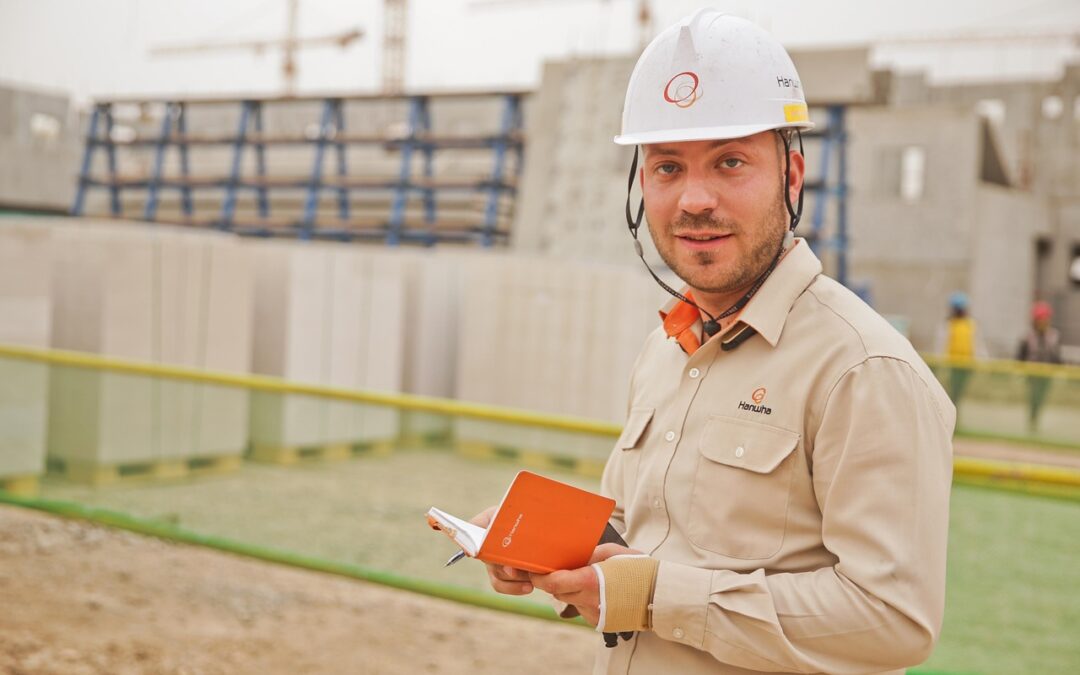In mining operations, ensuring ground stability is essential to reduce hazards, improve safety, and boost excavation efficiency. Poor bench planning can lead to collapses, delays, and increased risks. In this guide, we’ll break down the key aspects of bench design, best practices, risk assessments, and compliance standards to keep mining operations safe and efficient.
How Bench Design and Sloping Affect Ground Stability and Safety
Proper bench design and sloping are crucial for maintaining ground stability in mining. If the design isn’t done right, it can lead to dangerous highwall failures that put workers and equipment at risk. By using controlled bench angles, proper step heights, and sloping techniques, mining operations can prevent erosion and maintain structural integrity.
Best Practices for Effective Bench Design and Sloping
To make sure bench design is effective, consider these key practices:
- Bench width optimization: Having the right bench width ensures stability and allows for safe equipment operation.
- Controlled slope angles: Avoid overly steep slopes, as they can lead to landslides and instability.
- Drainage integration: Good water management, including proper drainage, helps prevent erosion and maintains stability.
- Regular inspections: Routine geotechnical assessments are necessary to detect early warning signs of potential slope failure.
Common Bench Design Failures, Their Causes, and Prevention Tips
Some common issues that lead to bench design failures include:
- Overly steep slopes: These put excessive stress on the structure, increasing the likelihood of rockfalls.
- Inadequate drainage: When water accumulates, it weakens the bench and increases the chance of failure.
- Poor blasting techniques: Incorrect blasting creates uneven surfaces, which reduces overall stability.
To avoid these issues, it’s important to follow slope angle guidelines, plan drainage systems carefully, and use proper blasting techniques.
Evaluating Slope Stability Through Risk Assessment and Monitoring
To assess slope stability, mining operations use various tools:
- Geotechnical modeling: Advanced simulations predict potential failures, allowing for better preparation.
- Inclinometers and sensors: These monitor real-time movement of the bench structure.
- Regular safety audits: Regular checks help identify weaknesses before they become serious problems.
The Impact of Bench Design on Excavation Efficiency and Safety
A solid bench design doesn’t just improve safety—it can also increase excavation efficiency. When the design allows better equipment access, it minimizes downtime and improves productivity. Safe sloping practices ensure that the materials are stable, reducing the risk of accidents and injuries.
Regulatory Guidelines and the Role of Drainage in Bench Design
Mining operations must comply with strict regulations set by bodies like MSHA and OSHA. These regulations include:
- Bench angle restrictions
- Water drainage requirements
- Regular slope inspections
Incorporating drainage systems—like surface ditches and subsurface pipelines—into bench designs helps meet these standards and ensures long-term stability.
Environmental Considerations in Bench Design and Sloping
In addition to safety, mining operations need to take environmental concerns into account. This includes:
- Erosion control measures to prevent land degradation.
- Sustainable drainage solutions to protect local water sources.
- Planning for reclamation to restore the site after mining activities are complete.
Case Studies: Successful and Failed Bench Designs
- Successful case: A mining site improved bench widths and adopted real-time monitoring, reducing failures by 40%.
- Failed case: A poorly designed mine with steep slopes and poor drainage resulted in a highwall collapse and a costly operational shutdown.

Training and Certification for Bench Design and Sloping in Mining
Ensuring that mining personnel fully understand the importance of bench stability requires comprehensive training and certification. These programs often include:
- Geotechnical engineering courses
- Mining safety certifications
- On-site practical training
To support these efforts, MSHA Safety Services offers a range of customized online and in-person courses, designed specifically for your mine site’s unique needs. With these tailored programs, your team will receive the most relevant and effective training, helping to maintain high safety standards and enhance operational efficiency.
Ensuring Long-Term Ground Stability Through Bench Design and Sloping
By investing in the right bench design, conducting regular risk assessments, and staying compliant with regulations, mining operations can stay safe and productive. Prioritizing proper sloping techniques and continuous structural monitoring helps to minimize hazards and maximize efficiency. The result is a safer, more efficient mining environment that benefits both workers and the operation as a whole.

